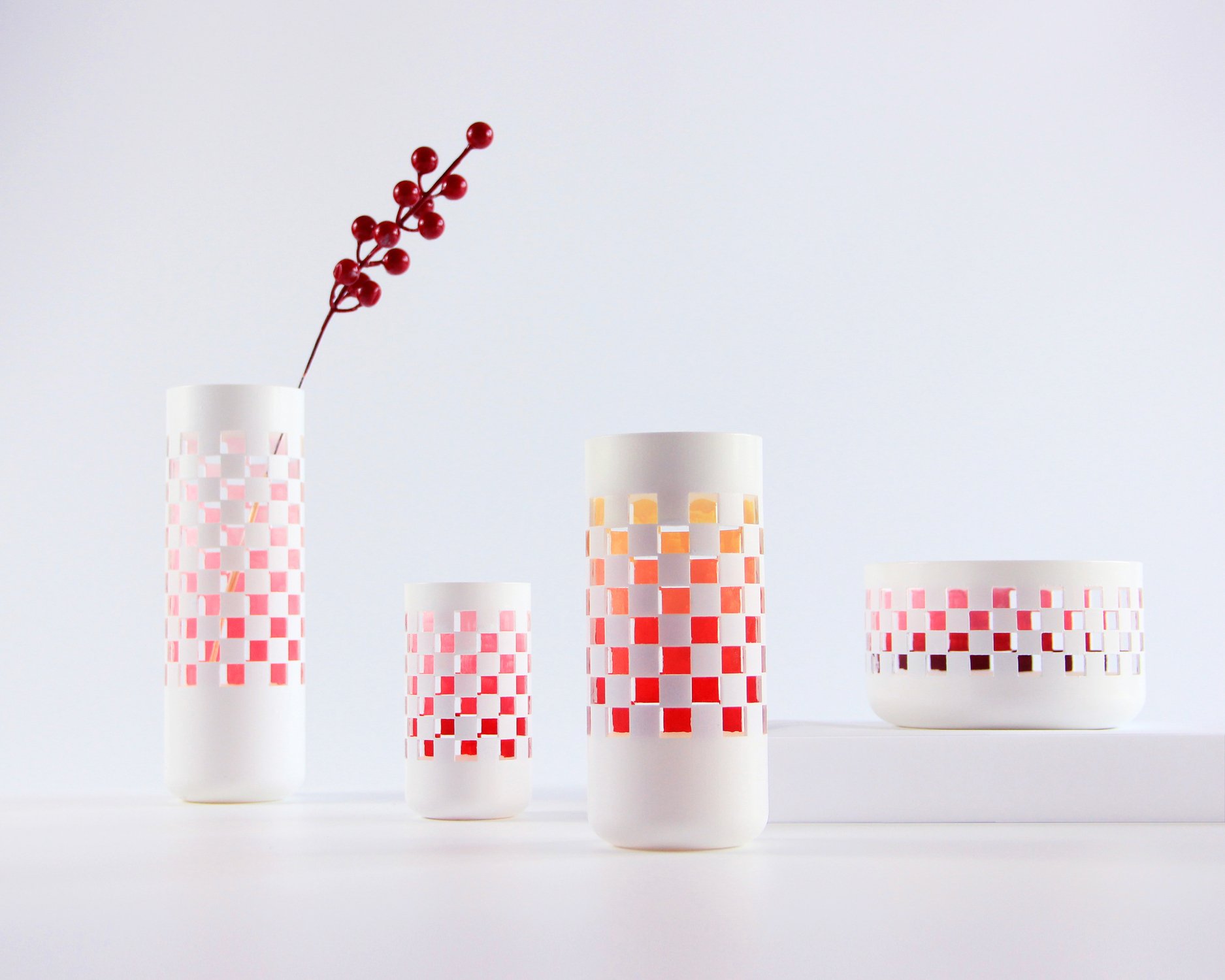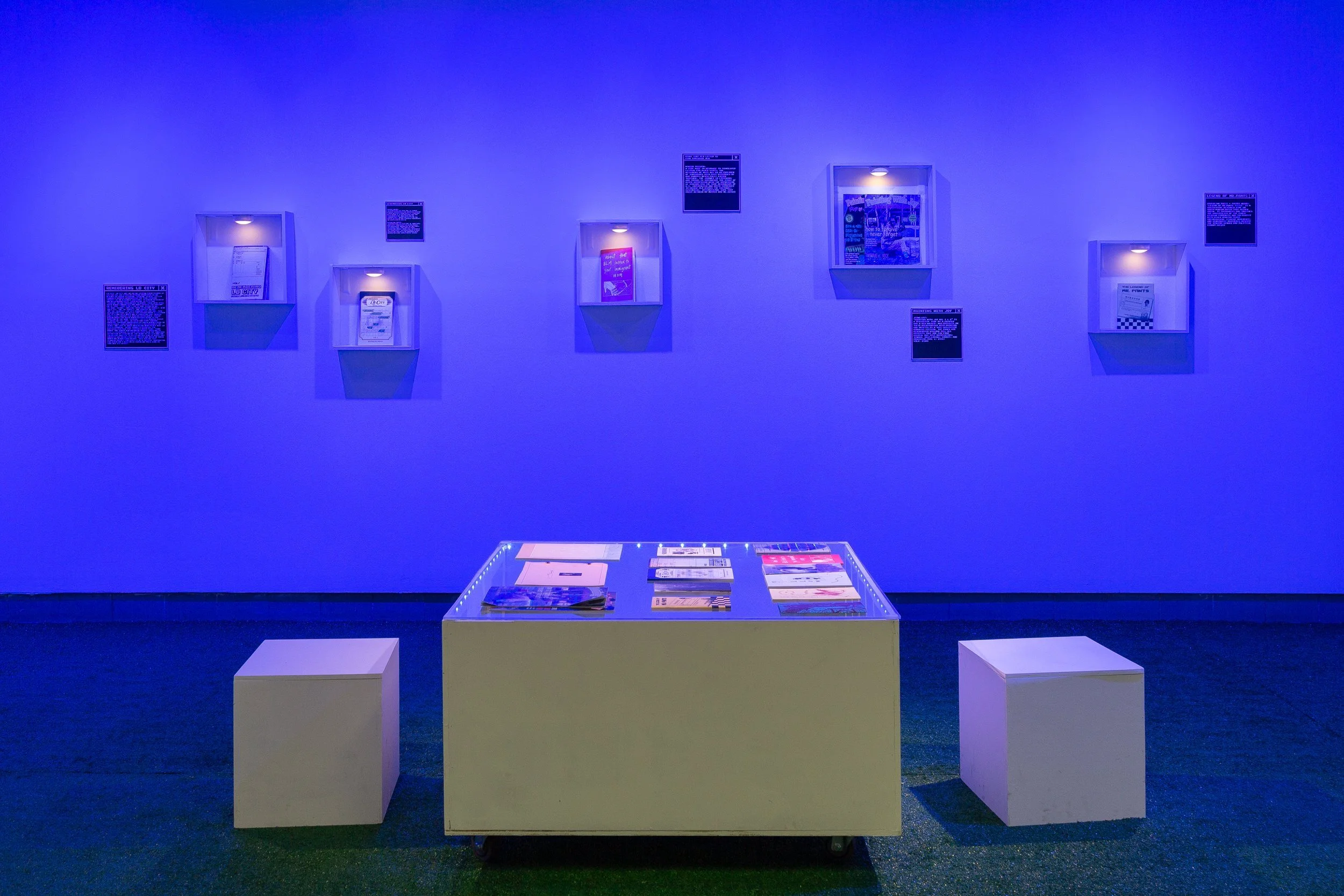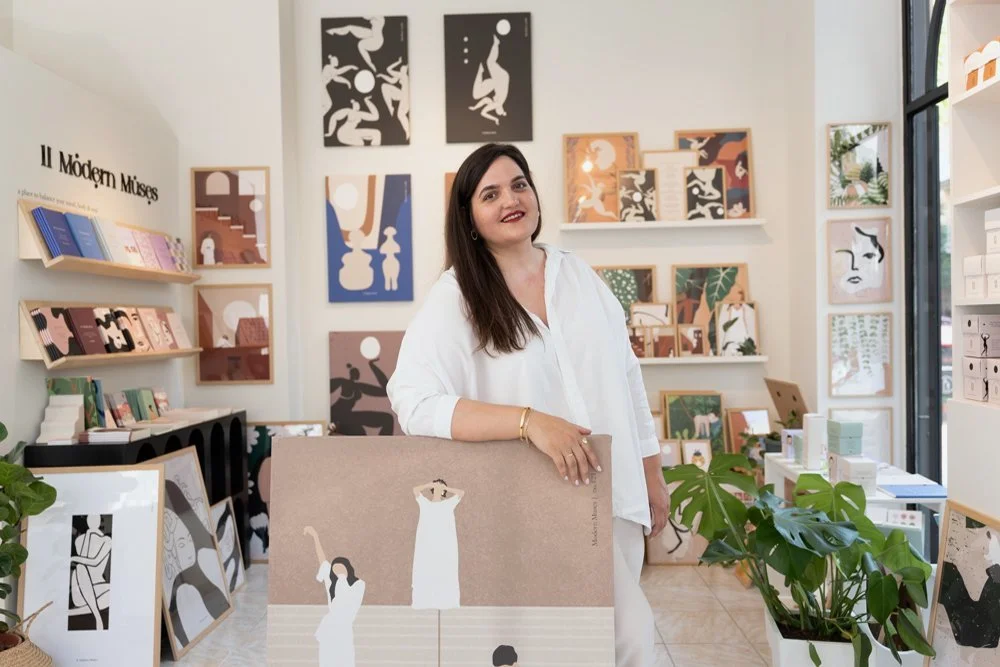10 Questions with Bo Zhang
Bo Zhang is an artist, designer, and co-curator. He studied Industrial Design at Scuola Politecnica di Design in Milan, Italy, and later at the Savannah College of Art and Design, USA, where he obtained a Master of Fine Arts. In 2019, Bo founded Desz office, a young creative studio that mixes art, design, material, and communications to balance art and design, expressing the relationship between people and space, and stimulating people's imagination of contemporary art and design.
He has received international recognition for his outstanding originality and unique work. His work won the Honoree of Best Of Year Awards 2021 of Interior Design, the NYC X Design Awards in the New York Design Week in 2021 and 2022, and was nominated by the German National Design Council in 2022 for the German Design Awards "Excellent product" Design". In addition, his works are invited to be exhibited at Design Miami, Dutch Design Week (DDW 2022), ICFF & Wanted Design in New York Design Week, Beijing International Design Week, and by other art institutions.
Bo Zhang - Portrait
ARTIST STATEMENT
"Make creations like never before" is Bo's unchanging philosophy. Creativity and originality are the most solid foundations on which his works can be recognized and loved. He believes a good artwork should be sentimental, have a soul, not a cold entity, but a wonderful interaction with people. This kind of interaction has both a visual and a spiritual level, giving people inspiration and yearning. Artists need to balance structure, color, proportions, shapes, and materials to achieve natural beauty. The most important thing to create a good work of art is originality. Any great artist turns simple things into outstanding works of art through their creativity. Therefore, contrary to designers and artists, Bo prefers to define himself as a creator.
Rosy Time - Collection, variable sizes, 2022 © Bo Zhang
Get your limited edition copy now
INTERVIEW
Let's start from the basics. Who is Bo Zhang, and how did he become an artist?
I am Bo Zhang, an artist, and designer from China. I'm more willing to define myself as a creator. The objects that people disdain in daily life are surprised by my creation.
In general, for a designer, the product is functional. When I studied in Italy, I found that good products can balance functions and aesthetics. People buy products because of beauty and utility. Therefore, in the Apennine peninsula, the birthplace of the Renaissance in Italy, products often contain romantic genes, and aesthetics are more than functional. The design was created by people who have cultural foundations. This can have a deep impact on my creation of aesthetics and functions. In 2015, I went to the United States, a multicultural country where everyone has different feelings and definitions of beauty. American artists have expanded aesthetics to a larger range or even a larger market. Creation can emphasize personality and can be recognized by a variety of popular groups. This stimulates more inspiration and potential of artists. In 2018, I returned to China. My previous experiences and learning did not have conflicts with Chinese art and design. Thanks to the influence gathered during my work for Milan and New York art studios, I combined Chinese culture and Asian culture and gave birth to new ideas. I created unusual works with objects that people ignored, ordinary and natural, through my careful research. The works can interact and communicate with people, and the become no longer ordinary.
What are your background and your studies? How did they help you become the artist you are today?
During my time at school, I received professional training in product and furniture design. Later I started working in New York art studios, constantly contacting real artworks, and received art expression methods. Through these influences and learning accumulations, I gradually found my unique way of balancing art and design. After Desz office was established, I formed my design viewpoint and artistic expression to create artworks. I believe that art is a special form of expression; the expression is beyond language to a certain extent, and things that can pass to people surpass the work itself.
Rosy Time - Collection, variable sizes, 2022 © Bo Zhang
Rosy Time - High, 31x7.5x7.5 cm, 2022 © Bo Zhang
You do not define yourself as an artist but rather as a creator. What is the difference in your opinion? And how does it suit you better?
In my opinion, firstly, the designers care more about function, aesthetics, and serving others. Artists are more personalized and pay more attention to themselves and how to express themselves. The creator needs not consider too much catering and obedience.
Secondly, the current objects (no matter products or artworks) have some convergence, the business atmosphere is strong, and the design of duplicate excess is produced. The creator adheres to the original spirit, and it has always been my philosophy to do unprecedented design. The creator shows a spirit of exploration instead of doing more and meaningless things. I like to "explore" more than "guardianship", like in the famous movie "Interstellar" line: "We are explorers, pioneers. Not caretakers."
You studied in Italy and the US and currently work between Beijing and New York. How do these different experiences and places influence your work? Did they shape how you perceive and make art?
Each place has its own civilization, culture, history, and aesthetic concepts. Every work I saw in Milan can combine aesthetics, functions, and culture. Here, I learned how to inject aesthetics into the design. New York, such a diversified and free city, accepts any trend of thoughts and can also integrate a variety of aesthetics. We can receive good feedback from society and different people. During my time in New York's art studio, I tried to combine design and art to balance them.
In Beijing, I developed the process from my concept to practice. Rooted in Asian culture and Chinese culture, I am able to integrate design and art together. These great countries, these charming cities, have indeed shaped my concept of art. I can make simple and natural things become unusual and beautiful through my creation.
Lightness - Collection, variable sizes, 2021 © Bo Zhang
Lightness - Deep, 10x12x12 cm, 2021 © Bo Zhang
Lightness - Blue, 12x12x12 cm, 2021 © Bo Zhang
Let's talk a little bit about your work. You create simple yet beautiful pieces that evoke a feeling of calmness and balance. What is your main goal? And how did you develop such a style?
In my design philosophy, the objects close to people are beautiful, called daily beauty and natural beauty, but people often ignore objects that are too daily. So I tend to start from the daily objects and inject my inspiration when I design. Through my creation, I can give them emotion and aesthetics, give people new feelings, and let people realize that they can also enjoy things around them from an unexpected perspective. It is precisely because many of the prototypes of works are daily and natural objects, that they have a feeling of calmness and balance. And this can bring the viewers unprecedented surprise.
I grew up in an environment full of Chinese and Asian cultures. Oriental philosophy is characterized by introversion, peace, nature, and tenacity. In the oriental culture, we advocate nature, and the power of ordinary people will not be easily discovered. I hope to use my creativity to make people talk with natural objects and make them magical and great. Later, when I studied and worked in Europe and the United States, I gradually formed a way of thinking to create surprises from the ordinary.
In your statement, you say that you believe "a good artwork should be sentimental, have a soul, not a cold entity, but a wonderful interaction with people." How do you achieve that with your work?
For example, in Vase Na 2.0, the traditional vases are shaped entities, but the Vase Na project breaks the boundary of the inherent shape, integrating lines and colors into the design by presenting a seemingly existing space without actual existence. In fact, from objects to people's thinking, there will be an inherent boundary that is difficult to break through. I hope to convey the boundary between "being and nothing" through works, depending on how people perceive and define it. The framework of Vase NA 2.0 is an entity, but I can use color to create the mind-boggling Vase Na 2.0 out of empty space. When I create, I will not set boundaries for myself, and it is difficult to break through the boundaries. Of course, these inspirations require a little talent, thinking and a lot of hands-on practice.
Therefore, the works in recent years have no clear sense of boundary, both visually and spiritually. People are dismissive of an ordinary framework, but when I use color to shape a space (vase), it stimulates people's imagination and emotional thinking. The work has life, and a spiritual dialogue between people and the work occurs. How is "boundary" defined? How to break? Does the vase exist? There are many restrictions and imprisonment in the world. I like the word "break" as much as I like "creation".
Vase Na - Red yellow, 26x14x14 cm, 2020 © Bo Zhang
You also have a very recognizable way of using colors in your artwork pieces without overpowering them. What do these colors represent for you? And why did you choose to use them in this way?
In my design, color is an essential part. It is not only a visual expression but also makes my work different. It is my attitude towards art. Color is added to materials to make the works meaningful. For example, it is because of color that Vase Na 2.0 can become a vase to discuss the topic of "being and not" with the audience. I like to explore natural and ordinary objects. Fresh colors can make these things more powerful and fresh. Color is an important part of a work's modeling and artistic expression. For example, in another artwork, Rosy time, the color becomes a 3D light. And with the artwork Stretch color, the color is transformed into a stretch and dynamic expression. Therefore, color is not just a 2D pigment painted on the surface of an object, but I can use it to achieve three-dimensional and dynamic things in space.
Is there anything else you would like to experiment with or implement in your production?
Yes, there are many. I have always given life to the works and its can have a dialogue with the audience. I also tried many kinds of exploration and expression. Such as Balance, which can show a balance in the instability, is of great interest to me and maybe realized in the next work.
Vase Na - Blue Green, 31x14x14 cm, 2020 © Bo Zhang
You also have a design and communication studio, Desz Office. Tell us more about it; what do you do? And how did it help you promote your work as an artist?
Desz office was founded in 2019, initially as a platform to spread my concepts and works to the public. The studio is also a laboratory, which can turn my various unconstrained ideas into creative prototypes, and then polish them into works through the study of materials.
Last year, the studio began to pay attention to the sustainable development of design. On the one hand, we studied and experimented with Chinese traditional paper-making technology. On the other hand, we cooperated with sustainable design development in China and made some achievements in promoting sustainable design and carrying forward traditional culture. Desz Office used art and design to solve some issues in modern society and did some social responsibilities for environmental protection - I was surprised. This year, Desz Gallery was founded, and my role is not just that of a designer and artist. I have made friends with some emerging artists and designers in North America and Europe. As a liaison with artists, co-artists, and designers, the artworks of Desz were displayed at exhibitions and events, such as Beijing Design Week, New York Design Week, Dutch Design Week, etc., and we received a lot of positive feedback. I enjoyed it very much.
Lastly, what are your next projects? And what are you working on at the moment?
The next project is lightness 2.0, which will appear in Eindhoven at the end of October, for the Dutch Design Week 2022. This work will more directly show the interaction between the artwork and people. It is a "patchwork" project. I welcome friends interested in this project to visit Eindhoven.
Now, I am preparing for a new project, focusing on finding a balance between "unreal and real". At the same time, I further promote my artworks and ideas on Al-Tiba9, 1stDibs, Design Miami, and other art platform.


























